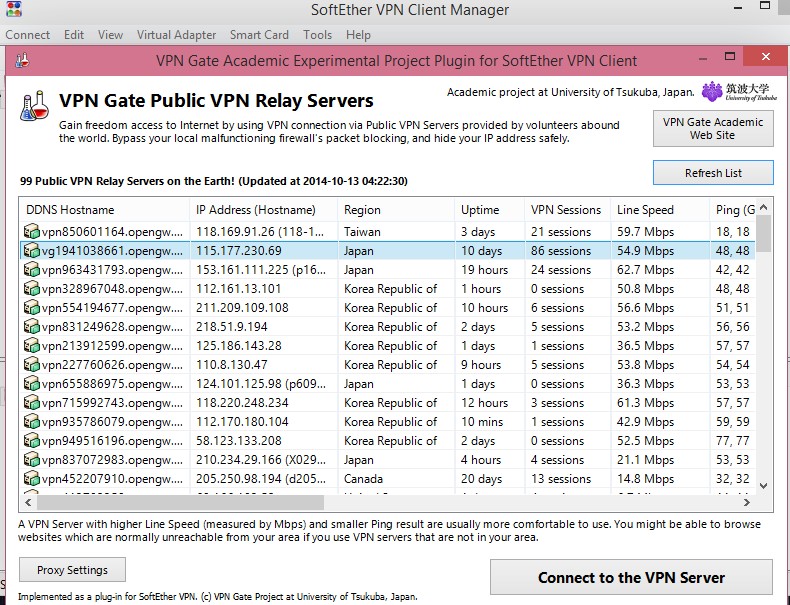

A local bridge is the layer-2 packet-switching fabric between a physical Ethernet network-adapter and a Virtual Hub. The administrator defines a local bridge between the Virtual Hub and the existing corporate network to build a remote-access VPN server or a site-to-site VPN server. SoftEther VPN Client is a VPN client program which has the virtualized function of an Ethernet network adapter. A computer with installed SoftEther VPN Client can establish a VPN connection to the VPN Server. Since the VPN Server has the support for multiple VPN protocols such as L2TP/IPsec or MS-SSTP VPN, VPN users are not required to install SoftEther VPN Client on client computers. When a user uses L2TP/IPsec or MS-SSTP VPN to connect to the VPN Server, the built-in VPN client programs on the operating system can be used to establish a VPN to the VPN Server. However, SoftEther VPN Client has advanced functions (e.g. more detailed VPN communication settings) than OS built-in VPN clients.

To exploit the full performance of SoftEther VPN Server, it is recommended to install SoftEther VPN Client on each client computer.

#SOFTETHER VPN CLIENT MANAGER CONFIGURATION FULL# SoftEther VPN Bridge is a VPN program for building a site-to-site VPN. To build a site-to-site VPN network, the system administrator has to install SoftEther VPN Server on the central site, and has to install SoftEther VPN Bridge on one or more remote sites. #SOFTETHER VPN CLIENT MANAGER CONFIGURATION INSTALL#

A VPN Bridge connects to the central VPN Server by cascade connection. A cascade connection is similar to, but a virtualization of, an uplink connection (cross-cable connection) between two physical Ethernet switches. The GUI Tool is the administrative tool for SoftEther VPN Server and SoftEther VPN Bridge. It is a program that runs on both Windows and Linux with WINE. A system administrator installs the GUI Tool on his laptop PC, and makes it connect to the remote VPN Server or VPN Bridge for administration. The connection is made by SSL session, and management commands are transported as RPC over SSL.


 0 kommentar(er)
0 kommentar(er)
